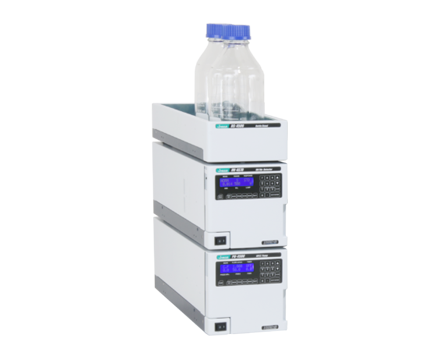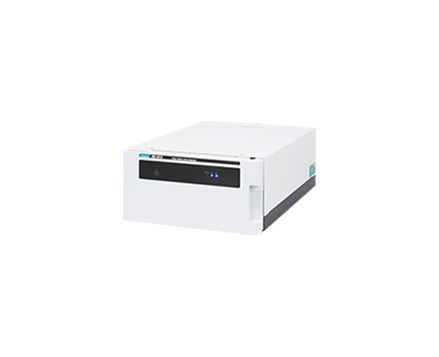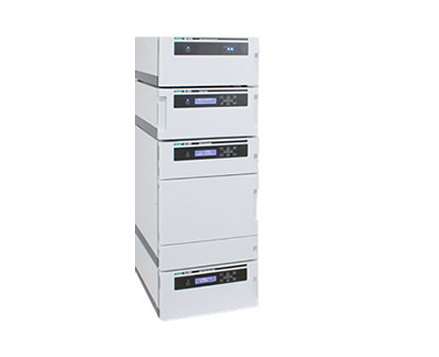Analysis of p-Hydroxybenzoate Ester
August 24, 2022
Introduction
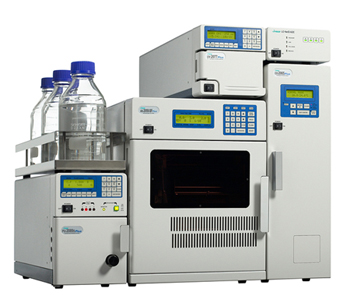
Preservatives are a common additive used in improving food shelf-life. Preservatives are used to prevent microbial growth which can lead to putrefaction and rancidification of foodstuffs. Many of the preservatives used in commercial manufacturing a certain level of toxicity and their use is strictly controlled by regulatory agencies such as the FDA. In this application note, the analysis of one of the most commonly used food preservatives p-Hydroxybenzoate Ester was made according to the food additive test method described in the Methods of Analysis in Health Science as reported below.
Experimental
Experiment
| Pump: | PU-2080 |
| Degasser: | DG-2080-53 |
| Column Oven: | CO-2060 |
| Autosampler: | AS-2057 |
| Detector: | UV-2075 |
Conditions
| Column: | CrestPak C18S (4.6 mmI.D. x 150 mmL, 5 µm) |
| Eluent: | Acetonitrile/5 mmol/L Citrate buffer (pH 4.1) (60/40) |
| Column Oven: | CO-2060 |
| Flow Rate: | 1.0 mL/min |
| Column Temp.: | 40 ºC |
| Wavelength: | 270 nm |
| Injection Volume: | 10 µL |
| Standard Sample: | p-Hydroxybenzoate ester 1 µg/mL each in water (methyl, ethyl, propyl, butyl, isobutyl) |
Structural formulae of p-Hydroxybenzoate Ester are as follows (Fig. 1).
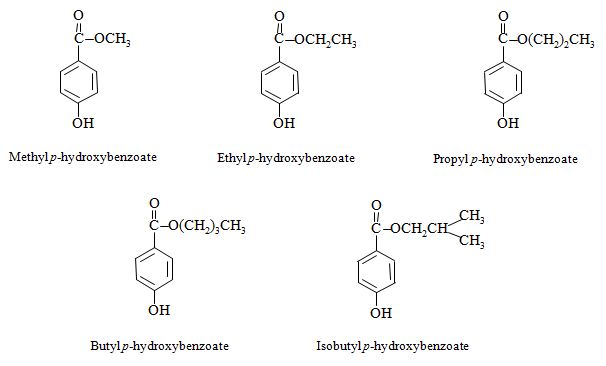
Keywords
Food additive, Preservative, p-Hydroxybenzoate Esters, C18 column, UV detector, HPLC, isocratic separation
Results
The chromatogram of a standard mixture of p-Hydroxybenzoate Esters is shown in Fig. 2. Five components were eluted with good resolution in under 10 minutes using an isocratic method.
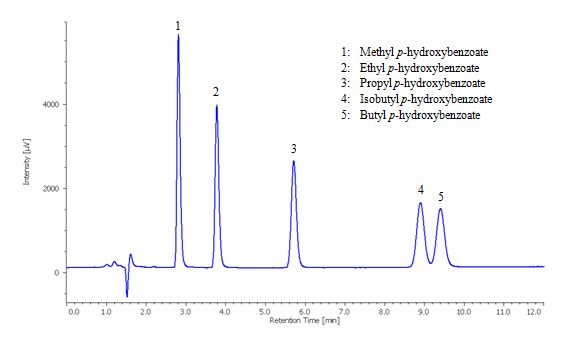
Featured Products:

Analysis of p-Hydroxybenzoate Ester
Introduction

Preservatives are a common additive used in improving food shelf-life. Preservatives are used to prevent microbial growth which can lead to putrefaction and rancidification of foodstuffs. Many of the preservatives used in commercial manufacturing a certain level of toxicity and their use is strictly controlled by regulatory agencies such as the FDA. In this application note, the analysis of one of the most commonly used food preservatives p-Hydroxybenzoate Ester was made according to the food additive test method described in the Methods of Analysis in Health Science as reported below.
Experimental
Experiment
| Pump: | PU-2080 |
| Degasser: | DG-2080-53 |
| Column Oven: | CO-2060 |
| Autosampler: | AS-2057 |
| Detector: | UV-2075 |
Conditions
| Column: | CrestPak C18S (4.6 mmI.D. x 150 mmL, 5 µm) |
| Eluent: | Acetonitrile/5 mmol/L Citrate buffer (pH 4.1) (60/40) |
| Column Oven: | CO-2060 |
| Flow Rate: | 1.0 mL/min |
| Column Temp.: | 40 ºC |
| Wavelength: | 270 nm |
| Injection Volume: | 10 µL |
| Standard Sample: | p-Hydroxybenzoate ester 1 µg/mL each in water (methyl, ethyl, propyl, butyl, isobutyl) |
Structural formulae of p-Hydroxybenzoate Ester are as follows (Fig. 1).

Results
The chromatogram of a standard mixture of p-Hydroxybenzoate Esters is shown in Fig. 2. Five components were eluted with good resolution in under 10 minutes using an isocratic method.

Keywords
Food additive, Preservative, p-Hydroxybenzoate Esters, C18 column, UV detector, HPLC, isocratic separation

 Download This Application
Download This Application